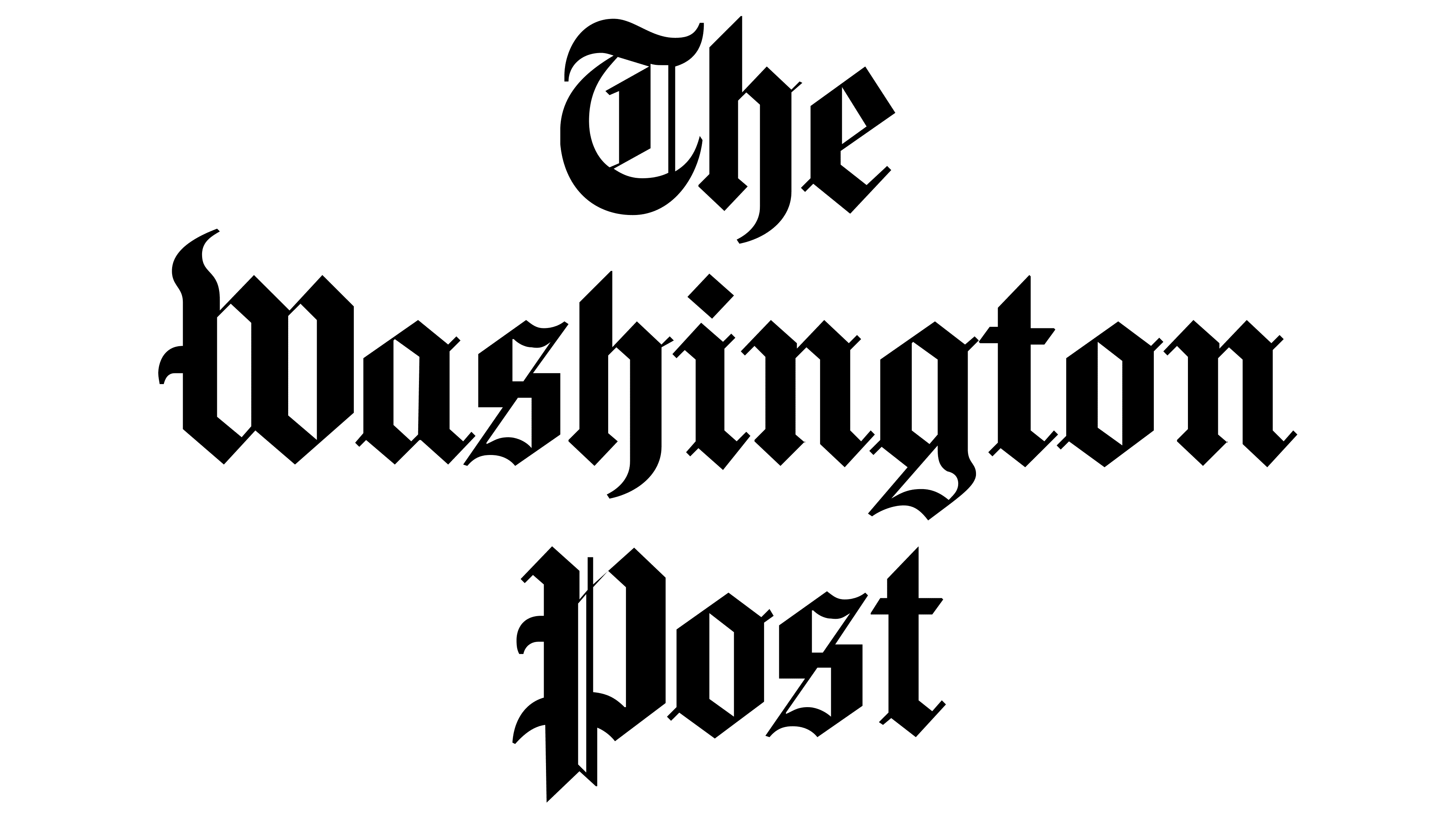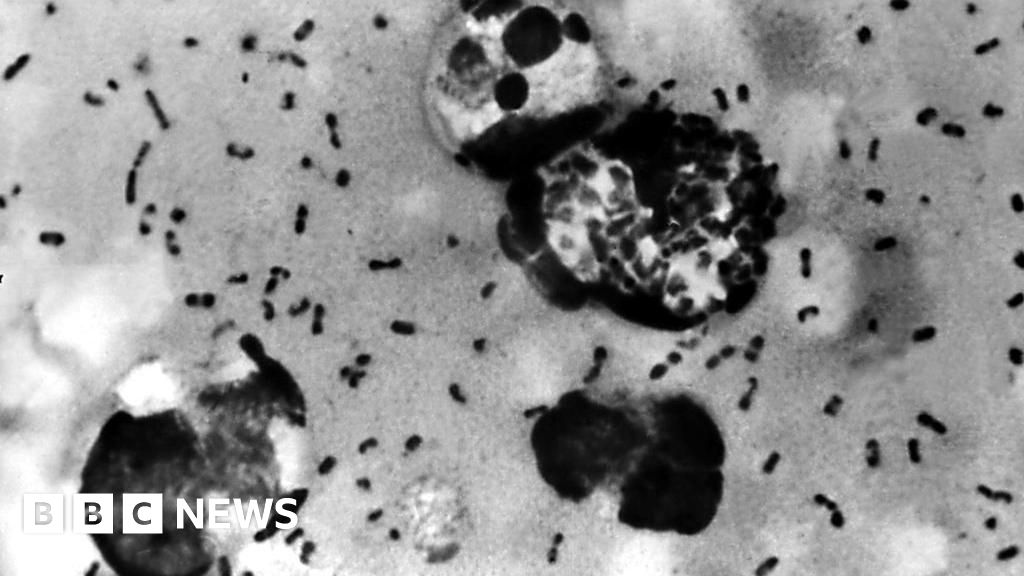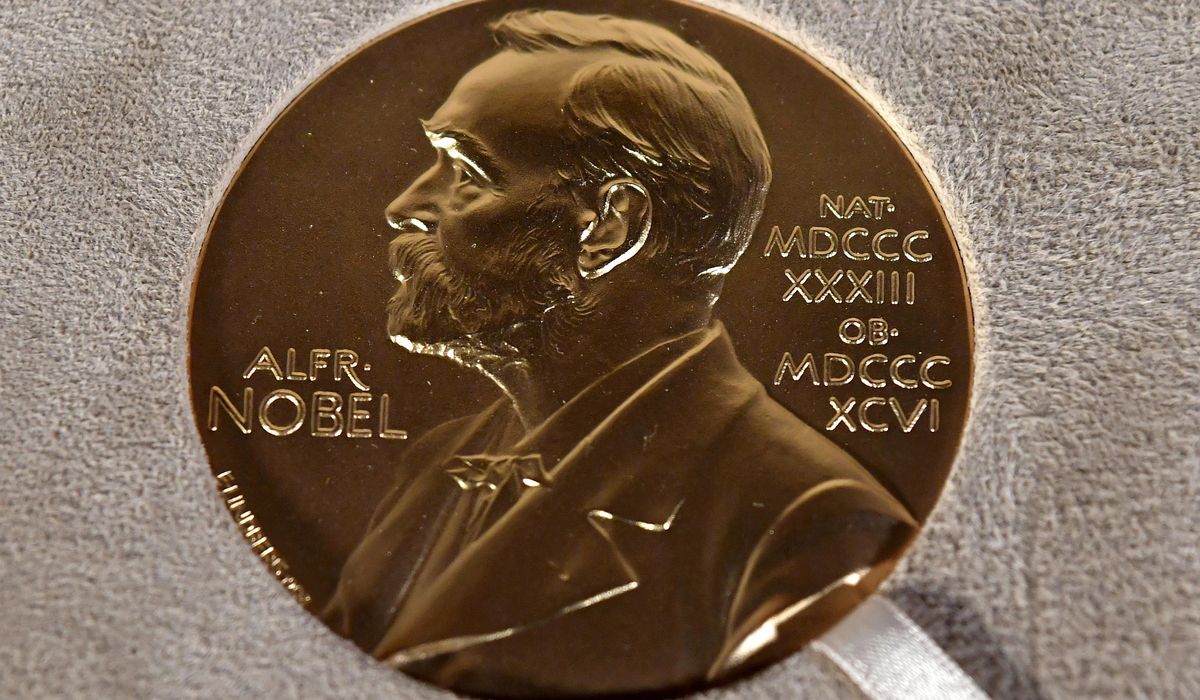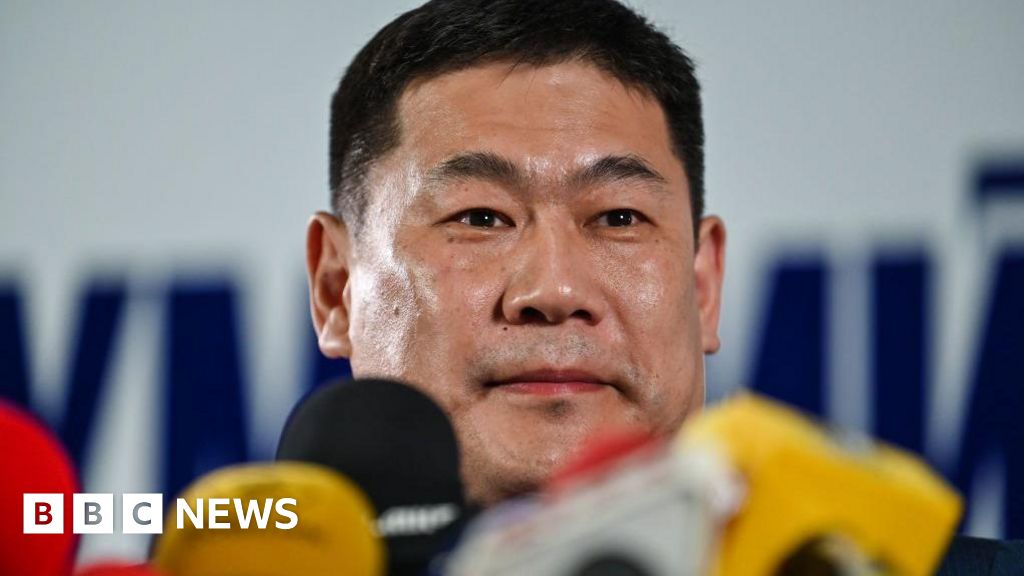ARTICLE AD BOX
The Secret Service obtained classified intelligence information about a threat to President Trump 10 days before an attempt on his life at a rally in Butler, Pennsylvania but failed to share it with its agents and law enforcement partners in charge of securing the event.
Although the threat was unrelated to the gunman who shot at Mr. Trump in Butler last year, had the intelligence been shared with officials in charge of securing the rally, it would have changed the security posture for the event, the Government Accountability Office found.
Sen. Chuck Grassley, Iowa Republican, requested the GAO, a nonpartisan government auditor, conduct a review of the Secret Service’s failure to thwart the assassination attempt and the auditor has spent nearly a year doing so.
The GAO’s report, which Mr. Grassley released Saturday, a day before the first anniversary of the July 13 Butler rally, drew many of the same conclusions as others who have investigated the tragedy, including two congressional panels, an independent review panel and the Secret Service’s internal review.
“Siloed information-sharing practices prevented officials with significant security responsibilities from having access to threat information that could have changed how they secured the area,” the GAO said.
Secret Service officials and state and local law enforcement partners who were kept in the dark about the threat told the GAO they would have taken different steps to secure the rally had they known about the threat.
The Washington Times previously reported that most Secret Service agents involved in advance security planning for the Butler rally were not told about the existence of a credible threat against Mr. Trump in the lead-up to the Butler rally.
The GAO report does not mention the specific threat, which was considered classified intelligence, but various reports have confirmed it was about an Iranian plot to assassinate Mr. Trump.
The intelligence community shared the classified information with the Secret Service on July 3, which was 10 days before the Butler rally. Only senior Secret Service executives were briefed at that time, and senior agents assigned to Mr. Trump’s protective detail were briefed on July 8.
Of the Secret Service employees tasked with planning the security for Butler, only the lead advance agent was told generally about the existence of a threat against Mr. Trump. She was not given specifics and did not share the information with other agents involved in the security planning because she was told it was classified.
The special agent in charge of the Pittsburgh field office that did most of the security planning for the rally said he would have requested additional assets, such as ballistic glass, additional drone mitigation technology and a full countersniper advance team, if he had known about the threat.
A four-person countersniper team was assigned to the Butler rally, but agents were kept in the dark about that decision being made in response to the Iran threat.
“Secret Service officials we met with told us that they are limited in what and with whom they can share classified threat information,” the GAO said. “Because threat information they received about then-former President Trump was general and not specific to the Butler, Pennsylvania rally, they did not pursue acquiring the information at a lower classification level.”
The GAO recommended that the Secret Service adjust its policies to ensure threat information is proactively shared internally. It also suggested the agency “establish methods for sharing potential trends and tactics adversaries may use against a protectee with those responsible for designing site security.”
The GAO also found agents in charge of securing the site were hampered by “overly broad” Secret Service policies that did not clearly assign specific protective responsibilities and omitted key roles and responsibilities.
“These personnel also were not aware of all the assets that they could have requested because Secret Service policy does not include a readily available, documented list of assets,” the GAO said.
While the Secret Service has taken some steps to improve its policies, gaps in those areas still exist, the GAO said.
Mr. Grassley said the GAO report “offers a clear path forward for the Secret Service to improve, so it can prevent another Butler from ever happening again.”
The Senate Judiciary chairman said he is working closely with the Secret Service “to ensure they’re properly equipped to repair what’s broken.”
“As an important step, I allocated $1.17 billion in the One Big Beautiful Bill to provide the Secret Service with additional funding,” Mr. Grassley said. “I’m hopeful this significant injection of resources will go a long way in bringing the agency up to speed.”

 5 hours ago
9
5 hours ago
9








 English (US) ·
English (US) ·